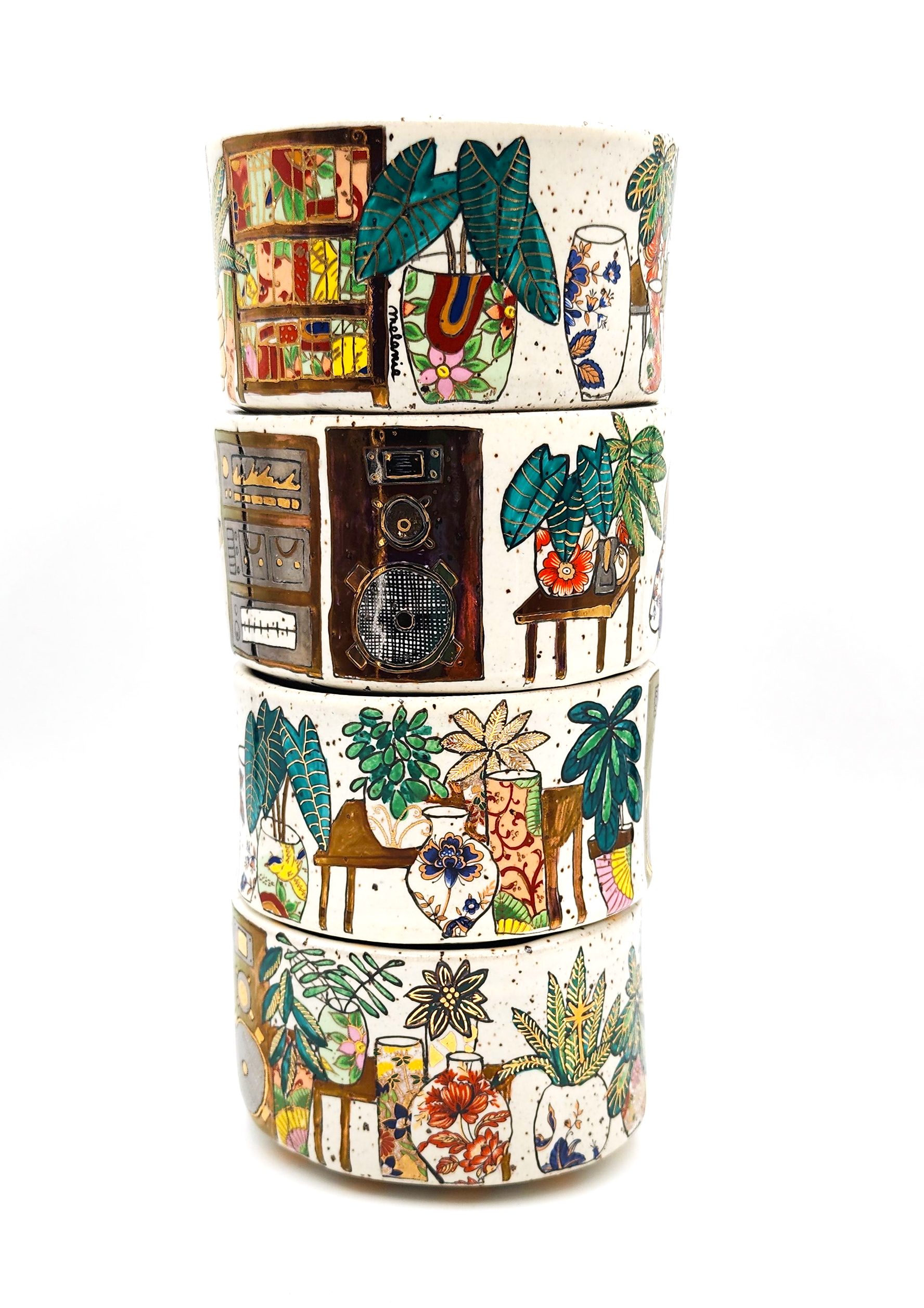
Clay, a malleable earth material that has been molded into various forms for centuries, holds an intrinsic charm. Among its many variations, speckled clay stands out as a testament to the Earth’s diverse creativity. The subtle yet captivating allure of speckled clay lies in its unique appearance, the processes that give rise to its distinctive patterns, and its significance in the realm of art and craft.
Speckled clay is marked by the presence of tiny, contrasting particles distributed throughout its composition. These particles, often minerals or other natural materials, create a stunning visual effect, reminiscent of stars scattered across a night sky. The beauty of speckled clay lies in its ability to invoke wonder through simplicity. While its patterns may be intricate, they maintain an understated elegance that draws observers in to appreciate its subtlety.
The formation of speckled clay is an intricate dance of geological and environmental factors. Over the eons, minerals and particles become embedded within clay as it undergoes various stages of sedimentation and metamorphism. The presence of these particles is a testament to the geological history of the region from which the clay originates. The colors and sizes of these inclusions, ranging from fine grains to small pebbles, contribute to the diversity of patterns found within speckled clay. This geological narrative encapsulated within the clay’s surface is a reminder of the Earth’s complex processes and the passage of time.
Artisans and craftspersons have long been captivated by the possibilities that speckled clay presents. From pottery to sculptures, speckled clay adds an element of surprise to artistic endeavors. When transformed through the skilled hands of a potter or sculptor, the natural patterns within the clay meld with the intentions of the artist, resulting in pieces that possess both a story of the Earth and a touch of human creativity. The juxtaposition of nature’s randomness with human ingenuity yields art that resonates with viewers on multiple levels.
In the broader context, speckled clay serves as a bridge between the natural world and the world of human expression. It connects the realm of geology, history, and craftsmanship, underscoring the interplay of time and creativity. As individuals interact with speckled clay creations, they become part of this intricate narrative, engaging with the Earth’s history while participating in the ongoing story of human artistry.
In conclusion, the allure of speckled clay lies in its enigmatic beauty, a result of geological processes that span millennia. Its appearance, the result of embedded particles, offers a glimpse into the Earth’s history, while its use in art underscores the collaboration between nature and human creativity. Speckled clay is a reminder of the artistry inherent in our planet and the potent connection between the natural world and artistic expression.
